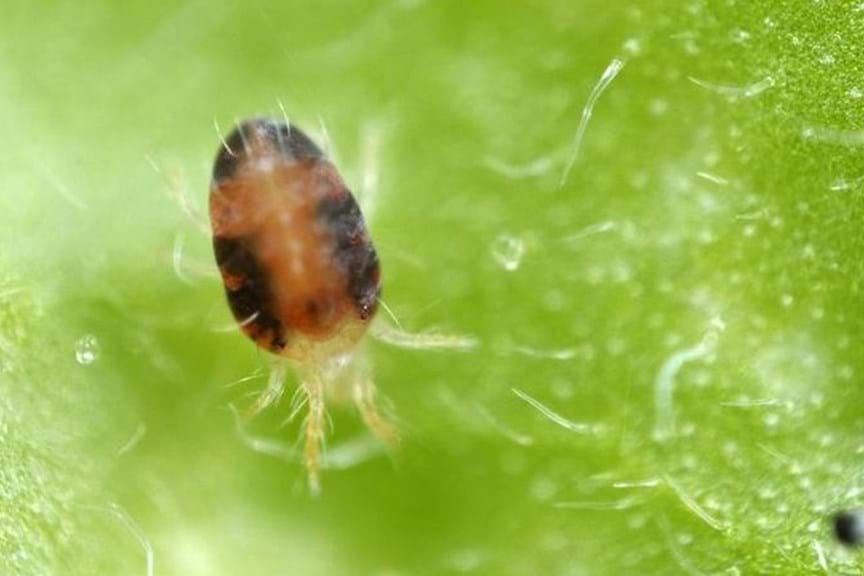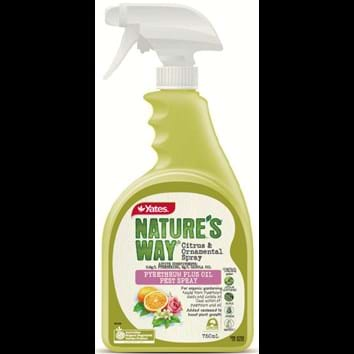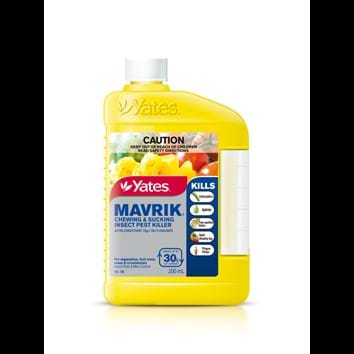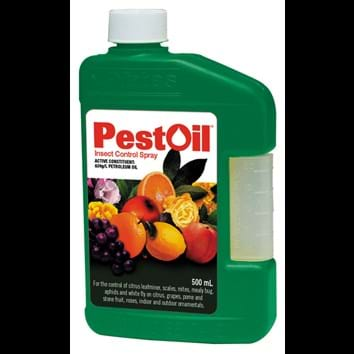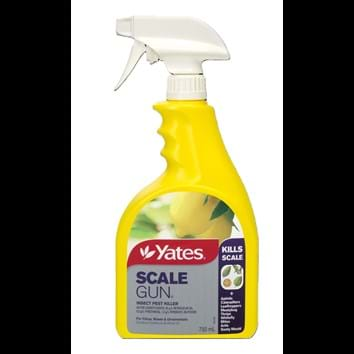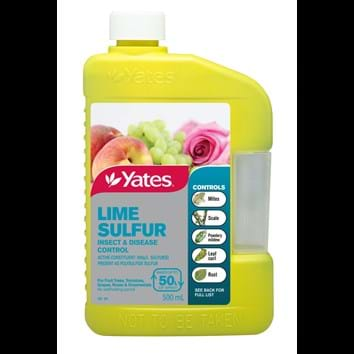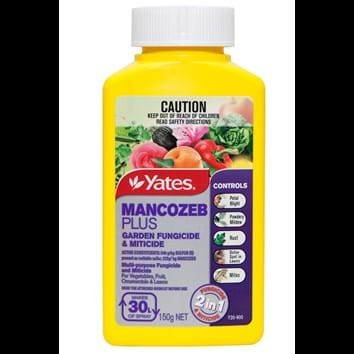Blister Mites
Blister Mites (Eriophyidae) cause grotesque blistering on the leaves of various plants. They include Grapeleaf Blister Mite (Colomerus vitis), Hibiscus Erinose Mites (Aceria hibisci) and Lychee Erinose Mite (Aceria litchii). Blister Mites are tiny (less than 0.25 mm long), pale, torpedo-shaped creatures with four legs at the front end of their bodies. They do not have eight legs like other arachnids.
Product: Yates Lime Sulfur
Citrus Bud Mite
Citrus Bud Mite (Aceria sheldoni) is found in all citrus growing regions of Australia and affect citrus fruit in particular. Citrus Bud Mite is a member of the family Eriophyidae and is similar in appearance to Blister Mites.
Products: Yates Lime Sulfur
Citrus Rust Mites
Citrus Rust Mites cause brown russeting of citrus fruit. The Brown Citrus Rust Mite (Tegolophus australisi) is a native pest, while the Citrus Rust Mite (Phyllocoptruta oleivora) is introduced. Both pests are at their most serious in warm humid regions. Citrus Rust Mites are members of the family Eriophyidae and are similar in appearance to Blister Mites.
Product: Yates Lime Sulfur
Tomato Russet Mite
Tomato Russet Mite (Aculops lycopersici) is a widespread pest of several solanaceous plants. Tomato Russet Mite is a member of the family Eriophyidae and is similar in appearance to Blister Mites.
Product: Yates Lime Sulfur
Grapevine Bud Mite
Grapevine Bud Mite (a strain of Grapeleaf Blister Mite) feeds inside the buds of grapevines.
Products: Yates Lime Sulfur or Yates Mancozeb
